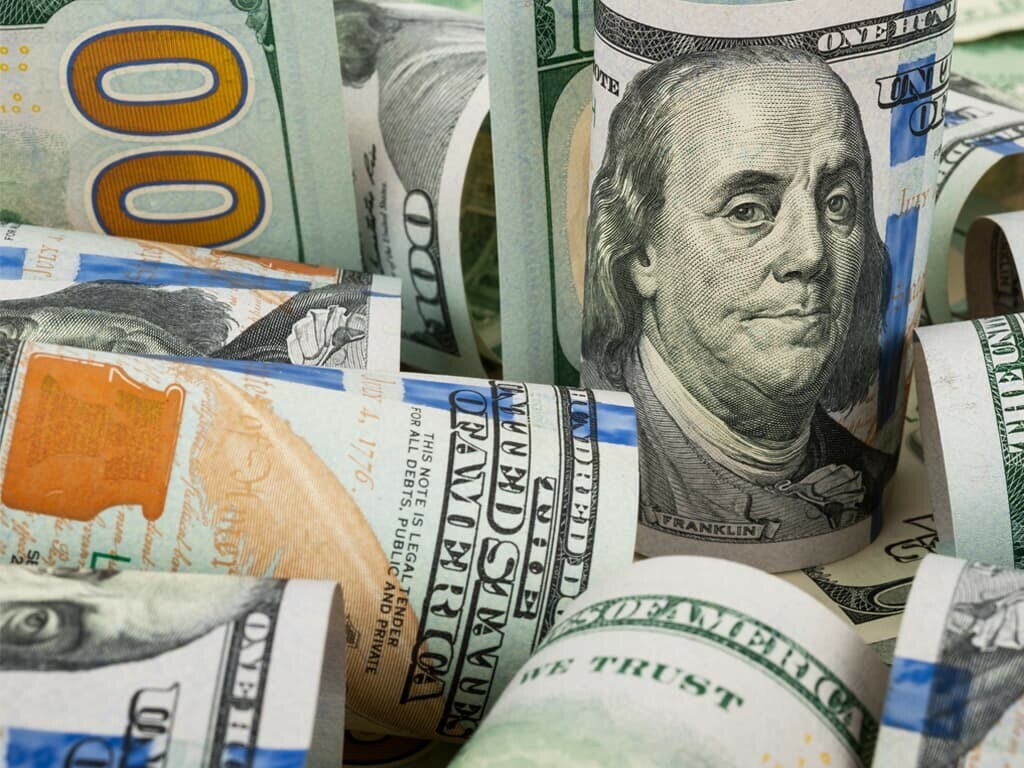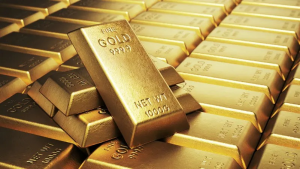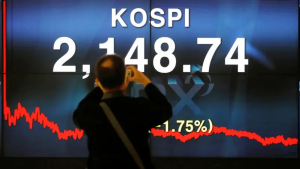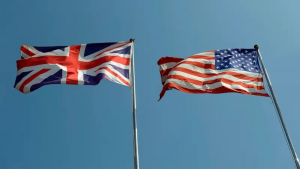The dollar steadied and sterling fell on Tuesday as traders reckoned banking stress would keep the Federal Reserve and the Bank of England from hiking rates much further, or at all, later in the week.
Investors remained concerned over the fate of the banking sector after U.S. lender First Republic shares tumbled nearly 50% on Monday on fears it will need a second rescue. But European banks rallied on Tuesday for a second consecutive day eased some of those fears following UBS Group's state-backed takeover of Credit Suisse.
Markets are pricing in a 25% chance that the Fed will stand pat when it announces its monetary policy decision on Wednesday, with a 75% chance of a 25 basis point rate hike, according to the CME FedWatch tool.
"Volatility in rates and the broader asset markets has been extraordinary recently," said John Velis, FX and macro strategist for the Americas at BNY Mellon.
"That has clouded the picture for the March (Fed) meeting and beyond. One consequence has been a substantial repricing ... regarding future rate expectations," he said, with the peak seen at 5.5% only a few weeks ago, against about 4.8% now.
The dollar has followed those expectations lower, though general nervousness in financial markets has tempered selling.
The greenback ticked about 0.1% higher to $1.0729 per euro , while the dollar index , which measures the U.S. currency against six peers, flattened at 103.36.
With UK inflation data on Wednesday expected to show some easing and amid the global financial market instability, money markets are now pricing in a 50% chance of no interest rate hike by the BoE on Thursday and the same chance of a 25 basis-point increase. Sterling fell 0.35% to $1.2234.
Data showed that Britain recorded a budget deficit of 16.68 billion pounds ($20.4 billion) in February, much higher than expected by a Reuters poll of economists.
The Norwegian crown rose 0.35% to 10.6120 per dollar, after falling last week to its lowest level since early October. Norway's central bank is expected to raise its benchmark interest rate by 25 bps to 3% this week to curb inflation and prop up a weakening currency, according to a Reuters poll.
On Tuesday, minutes showing Australia's central bank had agreed on March 7 to consider the case for a rate pause at its April policy meeting, even before the recent bout of volatility weighed on the Aussie which dropped 0.55% to $0.6681.










